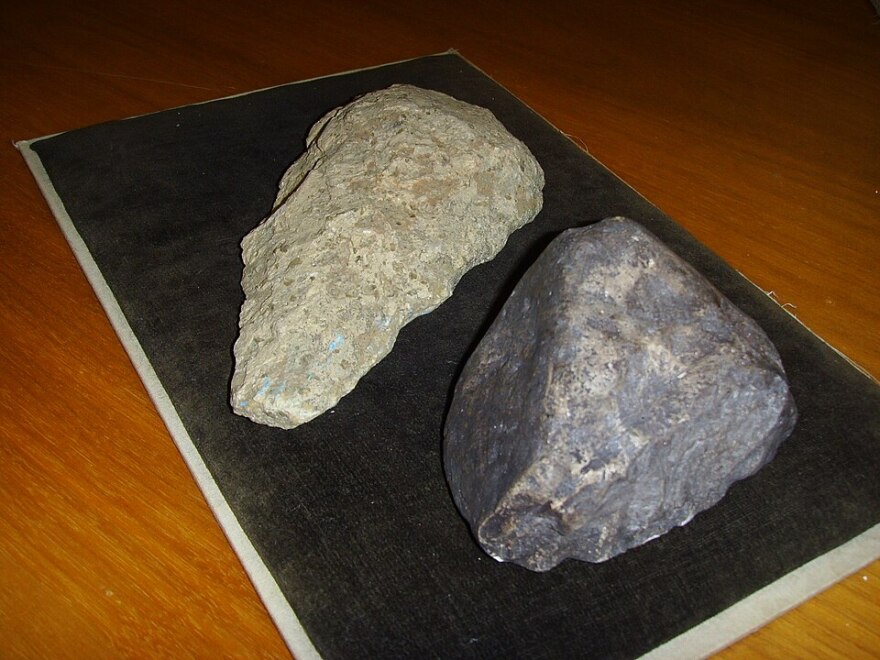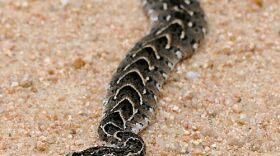The Best of Our Knowledge explores topics on learning, education, and research.
Can you imagine early humans over 2 million years ago using tools, maybe not, but guess what they did!
Technology has been a major part in our evolution as humans and stone tools were some of the beginnings of what we recognize as modern technology.
We will explore a discovery of stone tools found in Kenya’s Turkana Basin to learn more about early technology and humans.








